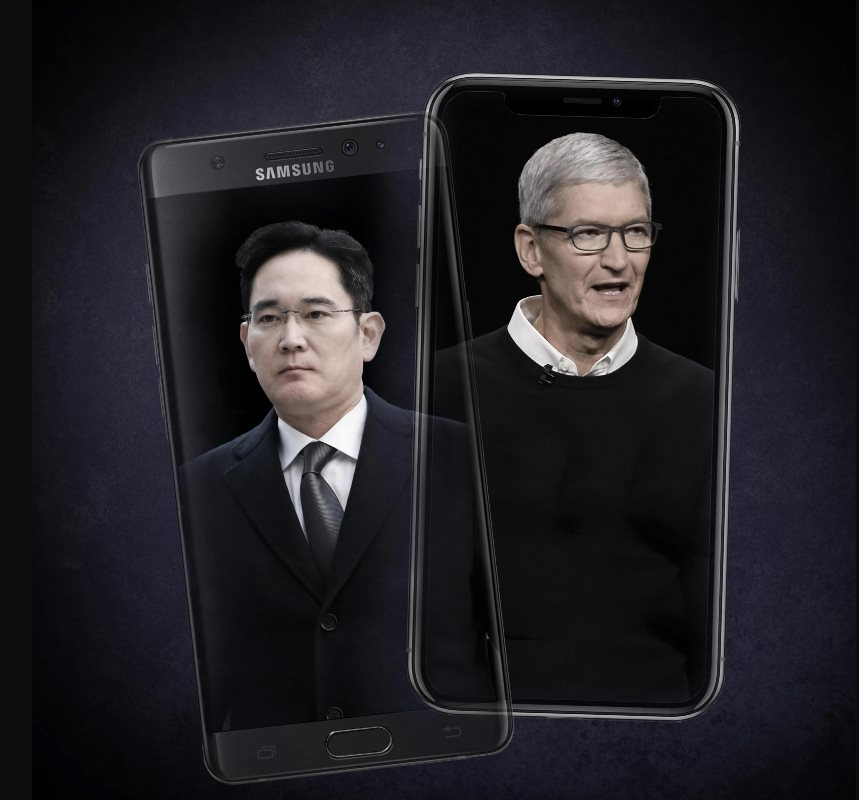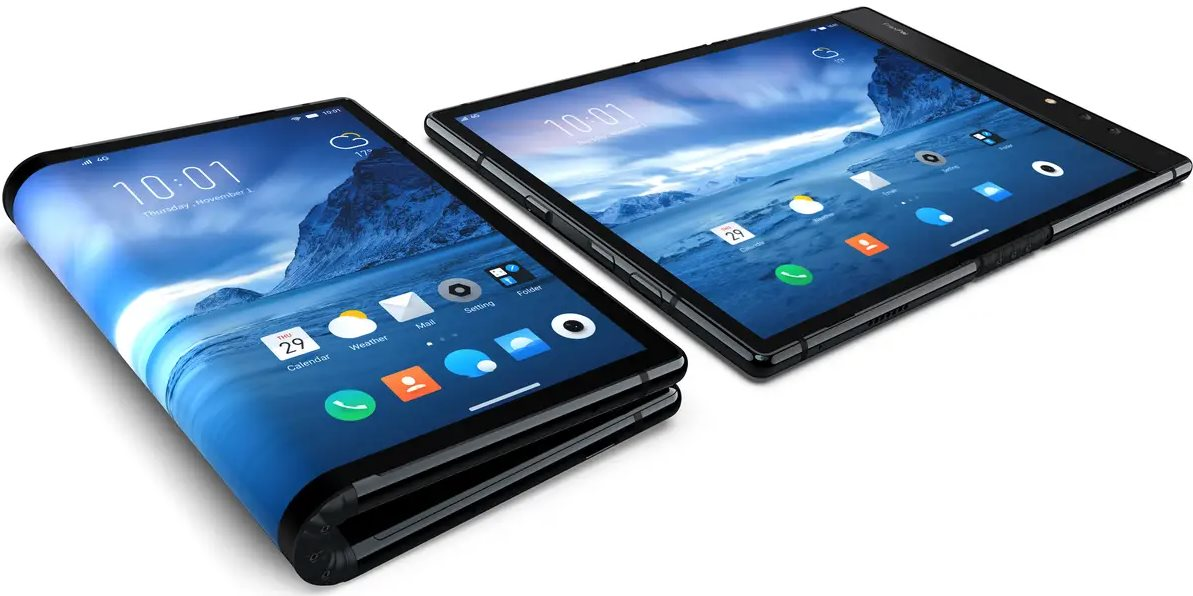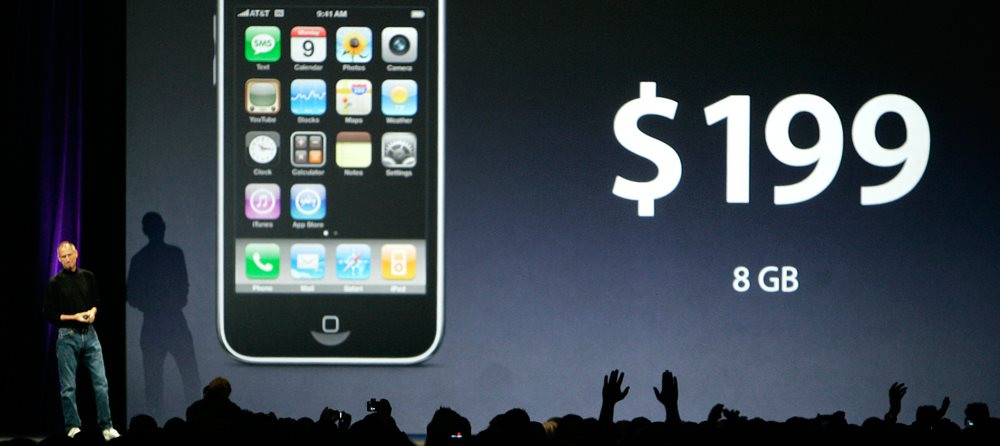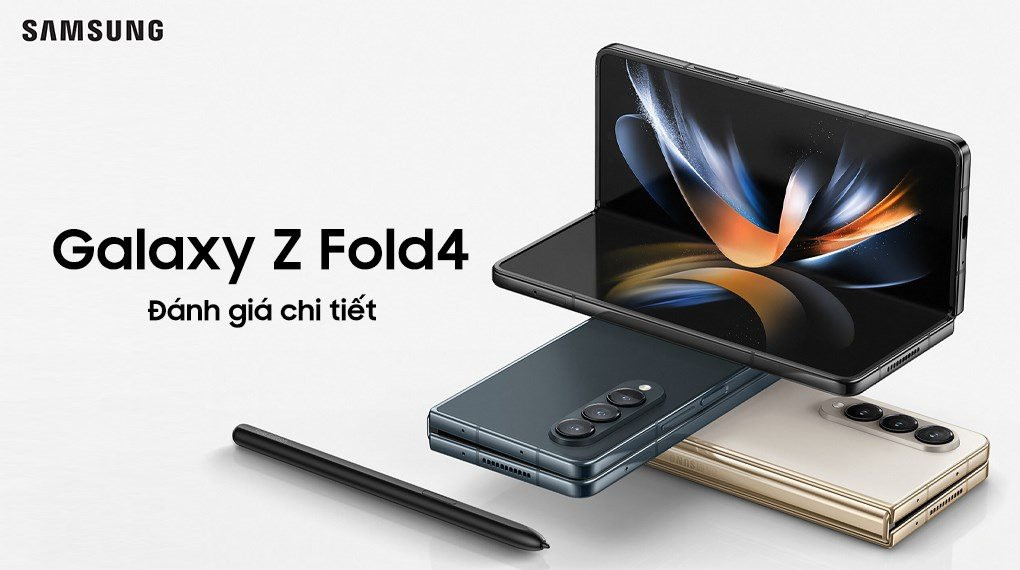iPhone lessons and costly moves of Samsung, Google, and Microsoft in the folding smartphone segment: Too expensive!
- Tram Ho

According to Fortune, the luxury folding phone line that has been promoted for the past few years with a foldable screen is a technological advance in the smartphone village. This product is considered a future generation smartphone when it has performance equivalent to today’s most advanced phones, can be pocketed neatly but can also expand the screen.
But this modern product did not create a fever like the iPhone did when it created the smartphone revolution. Worse, major players like Samsung, Google, and Microsoft have been spending money in vain using the wrong strategy for this product over the past few years.
Even Fortune reports that the leading player in this segment is Samsung with significant strides in folding smartphone technology that will eventually only become a symbol for this product, but cannot go as far as Apple’s iPhone.

According to Fortune, the reason is not in the design or performance of folding phones, but in the price strategy, which the iPhone did very well in the early days of its launch.
iPhone Lessons
The strategy of keeping the price of products, making them luxurious to maximize profits is nothing new. But Fortune reports that in the industry’s 16-year history, a product that can’t reduce prices to expand its customer base is unlikely to revolutionize the industry. After all, the rich only account for a small part of the market, not all.
For example, the first iPhone launched for sale at $499 for the 4GB version and $599 for the 8GB version, which is considered too expensive compared to the general phone market in 2017. Even Microsoft CEO Steve Ballmer also laughed at Apple during the iPhone launch for this high price.
Aware that its products, despite causing a craze, will not go far without expanding the customer base to the masses, Apple has launched a new strategy for its next product line, the iPhone 3G.
Apple has partnered with a mobile service provider to support the selling price for customers, through which the operator can recover capital and profit through a 2-year contract with iPhone buyers. As a result, US customers can buy iPhone 3G with 8GB capacity for only 199 USD, 16GB for 299 USD.
Thanks to this strategy, iPhone sales increased more than 1,000% in the US between 2008-2015, becoming the best-selling product in the market.
Fortune reports that carrier subsidies have been a huge advantage for many years with the iPhone. Apple has struggled in the European market without this support, causing Android phones to explode into rivals in the region. Instead of buying a $680 iPhone, users can buy an Android smartphone for less than $200.

Apple relied on carrier support for about 10 years when the $ 199 iPhone line was discontinued in 2016. At this time, Apple houses accept installments for buyers.
It wasn’t until 2017 that Apple released its $1,000 iPhone. However, Apple still maintains an ecosystem of cheap old iPhones in many markets, thereby continuing to popularize products to everyone regardless of rich or poor.
Thus, raising the price of the apple house is a long and slow process, not just launching a new product with an exorbitantly high price to be successful.
Greed for big profits
The first folding smartphone to hit the market was the Samsung Galaxy Fold in 2019 for $2,000. Ironically, 4 years have passed, but this price has not changed at all.
Samsung’s latest folding smartphone line is the Galaxy Z Fold 4 priced at $ 1,800. Google’s Pixel Fold product also costs $ 1,800, a pretty high figure even though this technology has evolved over the past few years.
Although the cost of producing smartphones is not cheap and the high-end sales strategy of businesses makes them push up prices, how many people will spend nearly $ 2,000 to buy a folding phone when they are using an iPhone? no less performance, not to mention an Apple ecosystem?
According to Nikkei Asian Review, the cost of components in the Galaxy Z Fold 4 is about 670 USD, equivalent to 38% of the selling price. Assuming no assembly costs and other costs, Samsung has up to 62% profit when selling each of these folding smartphones.

For comparison, a study by Counterpoint Research shows that Apple costs $474 in components costs when producing each iPhone 14 Pro Max, which equates to about 58% profit on each device sold.
This means that Samsung and the players in the folding smartphone segment have more profit per phone sold than Apple, and their room to reduce prices is also larger but the companies are not willing to do so.
Lower prices to survive
Please be reminded that the rate of users switching from Android to iPhone is at the highest level in the past 5 years and Samsung or Google have not been able to find the optimal solution to stop this trend.
With Apple no longer offering price incentives when it has established a brand, Fortune believes that Android products can attract or retain users thanks to its reasonable pricing strategy.
Currently, the price of folding smartphones is considered too high no matter how advanced this product is. Although sales are fine, they are only a grain of sand in the total smartphone market.

Of course, everything is still just a guess, maybe the components needed to make a folding smartphone are limited, the supply is not enough, so the price reduction is impossible. Alternatively, Samsung may need to keep a line of its advanced products at a premium to compete in the luxury segment, or secure a brand image.
Regardless, Fortune says that the history of the smartphone industry has shown that if you want a product to win in the market or at least be widely used, the first thing to do is to lower the price.
*Source: Fortune
Source : Genk
